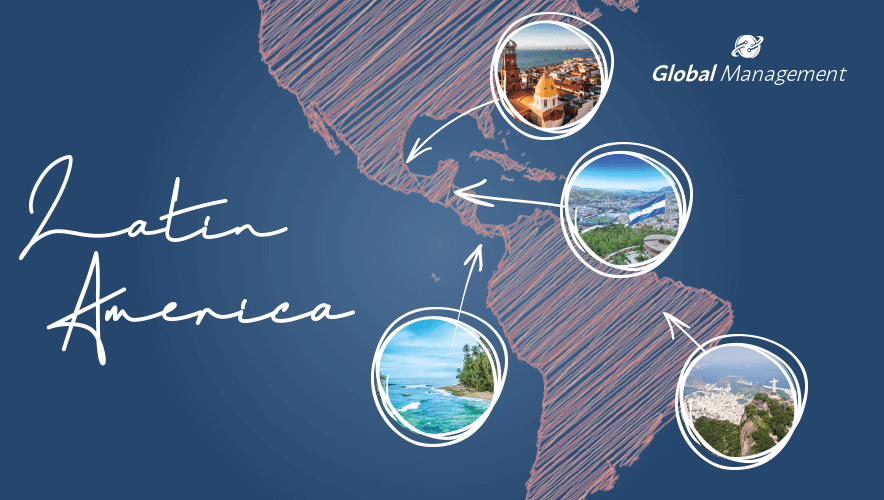The Latin America Studies Association (LASA) bi-annual conference is taking place in Rio de Janeiro this year. With over 5,000 participants, it is supposed to be one of the largest LASA conferences ever. However, there have been many no-shows, mostly due to the financial crisis, and the book fair was canceled—apparently because publishers found it too expensive to send books here. However, the main reason why Latin Americanists come here is to see old friends and network—and they have been doing just that. In fact, the over 1,200 panels that run back-to-back from 9 a.m. to 7 p.m for four days almost feel like a distraction. For me, it has been hard to choose form the 75 panels that take place at any given time with titles ranging from “Path Dependency and Social Policy” to “Revisiting the Aesthetics of Cannibalism.” Yesterday I attended a panel on police and military force that I found particularly interesting and thought I’d share some tidbits:
—Thomas C. Bruneau from the Naval Postgraduate School discussed a volume he has edited on Central American gangs that will be published later on this year. I look forward to reading the book, and especially his chapter that contains policy prescriptions, but from his short presentation I gathered that he believes success depends greatly on a) a country’s ability to have the military and police work collaboratively and b) the country’s ability to jail gang members (mareros). Bruneau mentioned El Salvador as the country that is doing the best job, in terms of having the military back up, but not attempt to replace, the police forces, and in terms of having the legal mechanisms to keep mareros in prison. He said Salvadoran authorities believe they have 7,000 of 17,000 mareros in prison, while Honduran authorities believe they have 800 out of 24,000 mareros in that country, and Guatemalans 400 of 32,000.
—Fernando Daniel D. Hidalgo and Benjamin Lessing, both from the University of California, Berkley, discussed their ongoing research on how the presence of militias in favelas in Rio affects voting preferences in those favelas. The militias are groups that emerged in the 1980s and expanded rapidly in 2000-2006. They act as enforcement forces policing favelas and making an income from taxing all residents or business activity, or charging tolls to informal transportation vans when they enter and leave the favelas. About a third of militia members are simultaneously members of the Brazilian police forces. The Brazilian government believes there are about 1.2 million Rio residents living under militia rule. Brazilian newspapers have posited that militia presence may be leading to greater voting for candidates with links to the police forces, and Hidalgo and Lessing’s ongoing research suggests this is true.

Reply